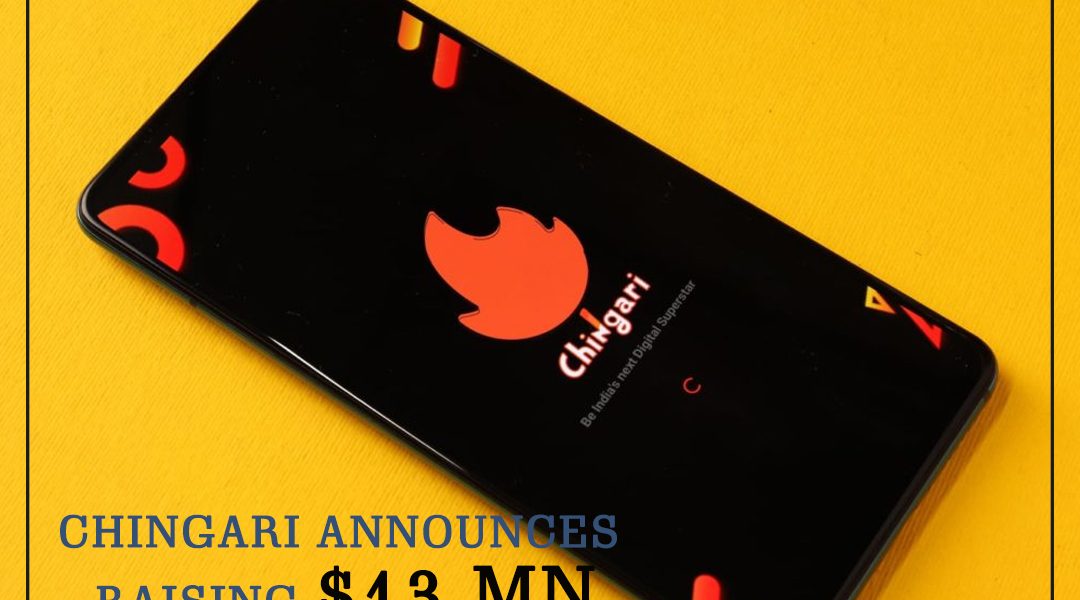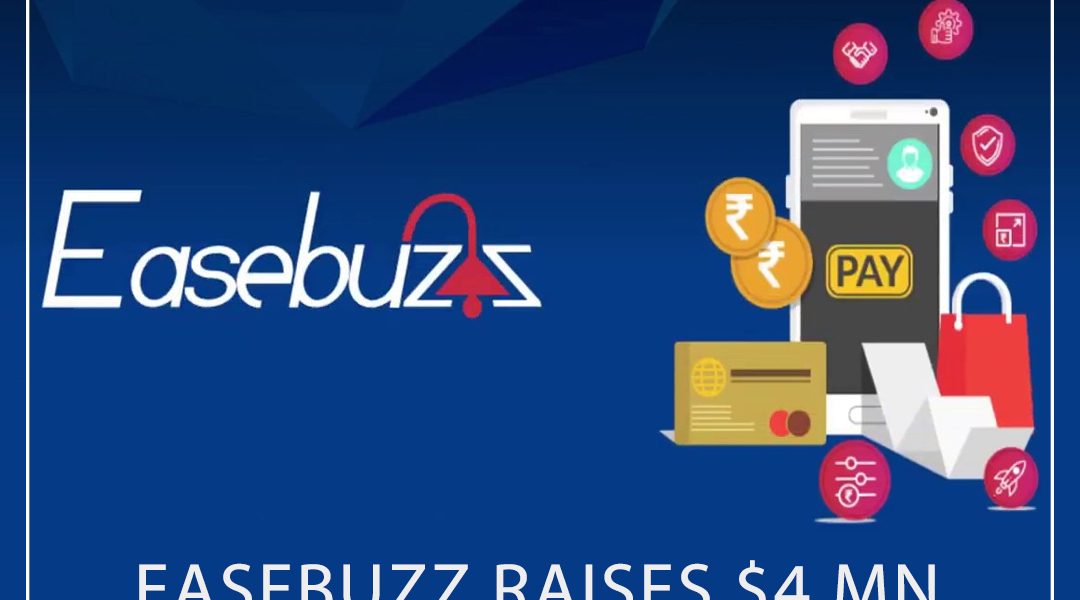1) Validating Your Startup with Target Customers
If you want to validate your startup idea, then you’re going to need to know who your customers are because these are the people that will use your product or service. People actually using your product or service are the ultimate gauge of idea validation. But before you get users, you need to know who those users are going to be.
There are usually a few different customer personas, or buyer personas, that will match who your target audience is.
A customer persona is a fictional representation of who you believe is your ideal customer.
2) Market Research and Competitive Analysis
Market research and competitive analysis are vital pieces of the puzzle when you’re trying to validate or invalidate your startup idea. It’s important because you need to know if your startup idea has been implemented already. In today’s technologically advanced world, so many startup ideas have already been done by someone else already.
Part of having a successful startup is finding a gap in the market and being able to exploit it and fill that gap. In today’s world, if you want to thrive in a big market, then it helps to stand out, be unique, and provide solutions which are cost-effective.
People shouldn’t just start a startup with an idea that’s not unique and offers no difference to consumers. A difference in price isn’t a differentiation with your product versus theirs unless you’re doing something groundbreaking and cheaper.
Steps to Perform Market Research and Competitive Analysis
Step 1) Research
Start off by researching on the web to see whether your product or service has been implemented by someone else already. This is one of the basic preliminary actions to perform before you build a startup. You can go about this by researching keywords and phrases on Google that describe your idea.
Step 2) Record the Research
Keep a record of every website you visit that is similar or equal to your idea via Google sheets and the search terms you used to find them. If you’ve signed up for our Startup Incubator Kit, then use the market research and competitive analysis template made available to you.
Step 3) Analyze Finding
Analyze the offerings and differences between them and your idea from within your spreadsheet.
Step 4) Scout Competitors Automatically
Set up Google news alerts to notify you when your competitors are mentioned in the press so you can keep an eye on them.
Step 5) Keeping Track of Competitors
If your idea turns out to be good, then you’ll want to check out your competitors monthly and keep track of any changes you see occur. This will be regardless of whether or not you see a Google news alert. Set up a monthly repeating calendar notification to help you stay on top of this task.
Step 6) Market Research
Look up market statistics for your target market. Find as much data as you can on:
- The size of your target market (worldwide and in other countries/continents)
- Information about your target customers such as demographics, interests, behaviors, and devices used.
After Market Research
When you’re developing your concept, you have to ask yourself and answer a handful of important questions.
4) Idea Validation by Feedback Collection
Below are two ways you can collect feedback to help you validate your startup idea.
1) Individually contact target users asking them for feedback on your idea.
You can find and talk to target customers through social media channels, message boards, and forums. Contact a few hundred of the people you describe in your customer personas.
2) You can validate your startup idea by collecting user feedback from a survey on a landing page you create with the description of your idea. The survey could look like:
- Was this product idea what you expected when you visited?
- Is this something you would buy if it was available?
- Would you recommend our service/product to a friend if it were available today?
- If you would buy it, what is the most you would pay for it?
- At what cost would you consider it to be too cheap?
- Do you have any suggestions on how to make our product/service better?
4) Build a Minimum Viable Product (MVP)
A minimum viable product is basically a barebones version of your startup’s product. An MVP is used so you can test the hypothesis of your startup idea in a real-time environment. Because of this, not much can take place of a minimum viable product.
It’s the cheapest workaround for actually building your idea into a product or service without completely building it out. But it can still cost a lot of money if you don’t have much money. If you are a developer or have a developer, then there should be no need to worry.





